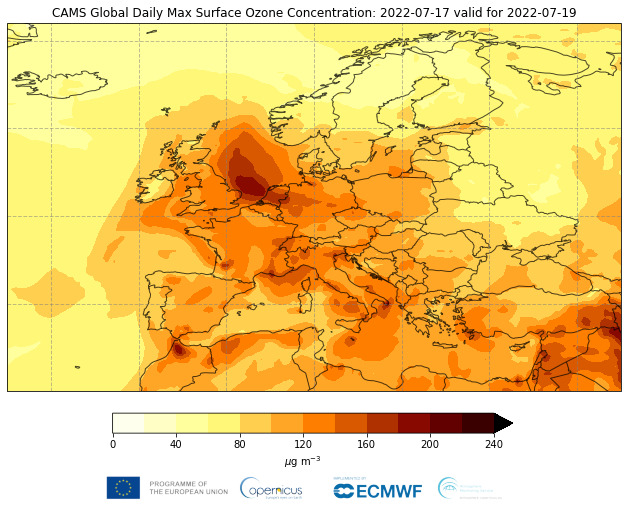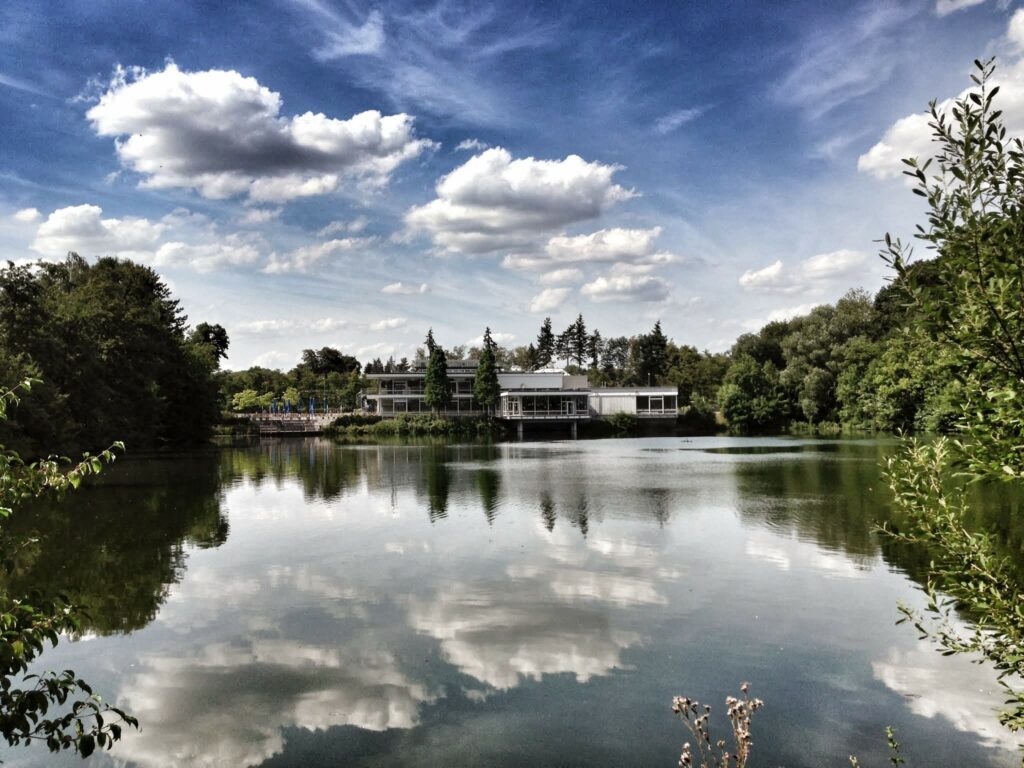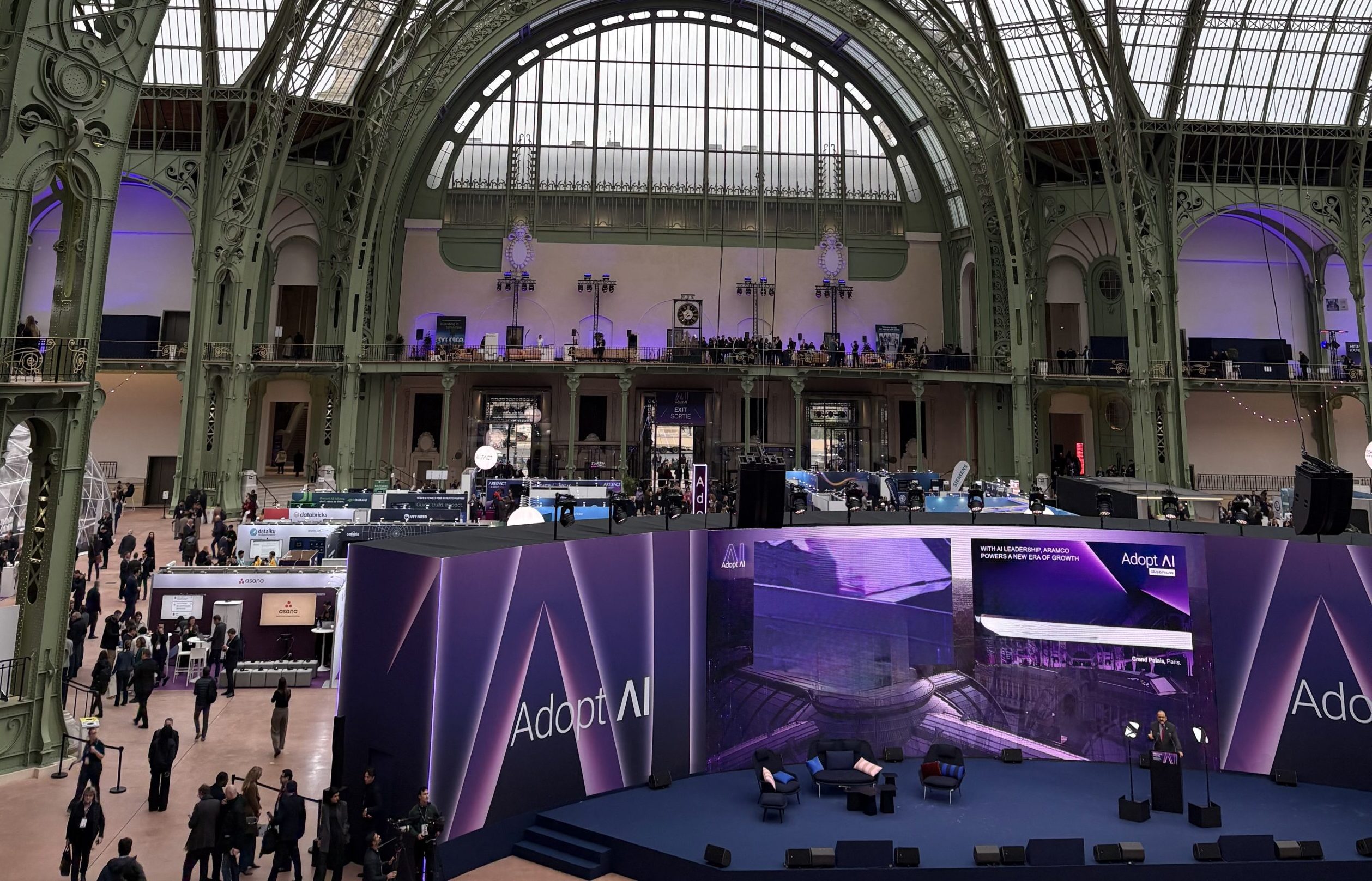
Germany’s renowned Forschungszentrum Jülich (FZJ) research center has been appointed by the European Centre for Medium-Range Weather Forecasts (ECMWF) to develop an interface based on an innovative approach that demonstrates how Destination Earth’s enhanced capabilities can produce highly accurate, on-demand air quality analyses and forecasts based on machine learning and high-resolution Earth system models providing users an interface with a high degree of interaction.
The tight correlation between air quality and weather means that extreme weather events such as heatwaves and droughts, are often accompanied by extreme events of air pollution. FZJ aims to demonstrate that high-resolution and high-performance air quality forecasts can be of great benefit for national and regional environmental agencies, supporting decision-making in air pollution mitigation during extreme events.
The proposal awarded in ECMWF’s Use Cases Invitation to Tender in the frame of Destination Earth (DestinE), will produce a demonstrator of an interactive air quality forecasting system and an assessment tool on the basis of different anthropogenic emission scenarios.
These objectives match the vision for DestinE, the ambitious initiative of the European Union to develop a highly accurate digital twin of the Earth system supporting the EU’s environmental and digital strategies.
The project is being developed in close cooperation with the German Environment Agency (UBA) and the North Rhine-Westphalia Office of Nature, Environment and Consumer Protection (LANUV), that will be the final users of the demonstrator.
How can ECMWF digital twins improve air quality models?
The contractor aims to demonstrate the benefits of a novel combination of tools to create unprecedented user-driven air quality analyses and forecasts.
FZJ will create a web-based interface as a demonstrator for users to access the high-resolution air quality analyses and forecasts when the digital twin capabilities become available. Developed in parallel to the digital twins and the other Destination Earth components being created by ECMWF and its contractors, the FZJ project will result in a demonstrator based on the model EURAD-IM (European Air pollution Dispersion – Inverse Model) created by the FZJ’s Institute of Energy and Climate Research – Troposphere (IEK-8).
The EURAD-IM model runs simulations at 1 km horizontal resolution. For reference, current state-of-the-art operational air quality models such as the Copernicus Atmosphere Monitoring Service (CAMS) have a resolution of 10 km, for the regional European model and about 40 km in the global model. A propos, EURAD-IM is integrated into the CAMS regional Ensemble model.

Machine Learning (ML) and data scientists’ experts on air quality from the Jülich Supercomputing Centre (JSC) will also be involved in producing this demonstrator and contributing with ML downscaling and forecasting tools that extend the applications as well as an extensive report considering the future integration of the platform on DestinE.
A demonstrator developed in parallel to DestinE’s digital twins
This innovative tool will be implemented in parallel to the development of the digital twins and other components of the initiative and in close collaboration with all the actors involved. Part of the platform will be created using a containerization approach, meaning an autonomous software that can be deployed on any of the high-performance computers made available by the EuroHPC JU for DestinE digital twins.
The ML applications and data analysis tools will be developed at JSC and deployed once the components of DestinE are in place. This kind of migration will help put to the test the flexibility of DestinE’s system architecture, that will be a key for the success of the initiative.
Jülich experts will work closely with the teams leading air quality-related applications in the frame of ECMWF digital twins and with the operational Copernicus Atmosphere Monitoring Service (CAMS) implemented by ECMWF on behalf of the European Commission.

FZJ, a flagship of German science
Air quality is one of the challenges of our time, as it is essential for human health and the environment, and it contributes to global warming and the greenhouse effect. But it is also particularly exigent for Earth system modelers because of the complexity of air pollution and air chemistry processes, closely linked to accurate representations of the weather. Calculating these processes and interactions demands very large computing resources, and this is where the ECMWF digital twins’ capabilities can play an important role.
Forschungszentrum Jülich has been selected as a result of the Use Cases Invitiation to Tenders opened by ECMWF in June 2022. The FZJ is one of the largest interdisciplinary research centres in Europe with nearly 6,800 employees and it’s a member of the Helmholtz Association of German Research Centres, a true flagship of German science.
Destination Earth is a European Union-funded initiative launched in 2022, with the aim to build a digital replica of the Earth system by 2030. The initiative is being jointly implemented under the leadership of DG CNECT by three entrusted entities: the European Centre for Medium-Range Weather Forecasts (ECMWF), responsible for the creation of the first two ‘digital twins’ and the ‘Digital Twin Engine’, the European Space Agency (ESA) responsible for building the ‘Core Service Platform’, and the European Organisation for the Exploitation of Meteorological Satellites (EUMETSAT), responsible for the creation of the ‘Data Lake’.
We acknowledge the EuroHPC Joint Undertaking for awarding this project strategic access to the EuroHPC supercomputers LUMI, hosted by CSC (Finland), and the LUMI consortium, Marenostrum5, hosted by BSC (Spain) Leonardo, hosted by Cineca (Italy) and MeluXina, hosted by LuxProvide (Luxembourg) through a EuroHPC Special Access call.
More information about Destination Earth is on the Destination Earth website and the EU Commission website.
For more information about ECMWF’s role visit ecmwf.int/DestinE
For any questions related to the role of ECMWF in Destination Earth, please use the following email links:


